Boswellia sacra is technically classified as an herb, however I found it difficult to acquire either a start or seeds of this plant.
I have been on the hunt for seeds or starts of this plant for over three years.
After a very long search for either a live Boswellia sacra plant, or seeds I found that Living Stones Nursery in Tucson, Arizonia had some small plants for sale.
Learning how to grow this plant and keep it was happy was not easy.
I lost the first two before I figured out how to successfully grow it.
Frankincense Tears
The botanical name of this leafy forest tree is Boswellia sacra, and it hails from the Burseraceae family.
The tree is most commonly known for the highly scented gum resin that it gives off.
This resin is obtained by making a deep, longitudinal incision in the trunk of the tree.
Just below this incision, a narrow strip of bark that measures approximately five inches long is peeled off allowing the milk-like juice to run out.
Once air touches this juice, it hardens and the incision is deepened.
It takes approximately three months for this substance to harden into the yellowish “tears” that we purchase.
Sap from the Frankincense trees can be gathered from May until about the middle of September when rain showers end the harvest season.
Although young trees yield the best harvest, the older trees will also yield fluid which is more of a clear, glutinous fluid that resembles coral varnish.
Boswellia sacra Native Enviroment
Grown on the Somali coast line, without soil, these trees seem to grow out of polished marble secured by thick oval masses of substances that resemble lime and mortar.
They produce white or pale rose flowers on short pedicels in single axillary racemenes that are shorter than the leaves.
Frankincense can also be found on the coast of Southern Arabia where the Somalis make yearly visits to collect the resin of the Frankincense.
Medicinal Uses Of Boswellia sacra
Although Frankincense is a stimulant, it is seldom used internally anymore although at one time it was in great demand.
It was thought to be an antidote to Hemlock, as well as during the tenth century it was used for tumors, vomiting, ulcers, fevers, as well as dysentery.
The Chinese were also known to use it for leprosy.
The most common use these days for the Francinsense resin is incense and pastilles.
It is also commonly substituted for Balsam Of Peru or Balsam Of Tolu in the manufacturing of plasters.
Another modern day use of Frankincense is steam inhalation which is supposed to aid in relieving bronchitis and laryngitis.
Religious Uses Of Boswellia sacra
Religious use of Frankincense can be found among the Jews, Greeks, at the feast of Bel, Among the Egyptians and of course, it was a gift to Baby Jesus and is used among modern day Christians, and other religions.
Most commonly associated with spiritualiy, it is easy to see that Frankincense has many other useful properities.
If you have not yet tried the resin of this plant, I would definitely reccomend getting some and trying it, I find the odor very pleasing.
How To Grow Boswellia sacra
As far as growing Boswellia sacra, I have learned from hands on experience.
The first time I found them I ordered two small seedlings.
As soon as I received them, I potted them up using my regular potting mix which is a combination of peat moss, perlite and vermiculite.
I also used plastic pots.
I noticed they did not grow much over the summer which I thought was odd, but I figured maybe they were just slow growers.
That winter when I lost both seedlings even though they were in the greenhouse among other cacti and succulents that were thriving.
The second time I ordered a larger one and potted my plant up in a pre-made cactus potting mix as soon as it arrived.
I chose to grow it in a clay pot the second time around and it did much better than what it did in the plastic pot.
I noticed immediate growth. I also noticed it grew pretty fast during the summer months.
The cooler temperatures above freezing did not bother my plant – nor did the higher ones my greenhouse experienced during the summer months.
I also tried growing it indoors one winter and it did fine without needing any additional light.
Boswellia need evenly moist, well drained soil.
Do not allow this plant to sit in water.
This plant does not like wet soil – nor does it like being completely dry.
I found the plant preferred indirect sun.
When I move it outdoors I put it in a shady area that receives a little bit of sunlight as the sun goes down in the evening.
Indoors I put it in a window where it gets similar sunlight in the evening.
Boswellia sacra FAQ: Unveiling the Mysteries of Cultivating Frankincense Trees
Q: What is Boswellia sacra, and why is it sought after?
A: Boswellia sacra, commonly known as Frankincense, is a leafy forest tree from the Burseraceae family known for its highly scented gum resin. This resin is harvested by making incisions in the tree’s trunk, allowing a milky juice to harden into yellowish “tears.” It is sought after for its aromatic properties, often used in incense and fragrance pastilles.
Q: Where is Boswellia sacra native to?
A: Boswellia sacra is native to the Somali coastline, where it grows without soil, seemingly anchored to polished marble-like surfaces. It can also be found along the coast of Southern Arabia, where Somalis visit annually to collect its resin.
Q: What are the medicinal uses of Boswellia sacra?
A: Historically, Boswellia sacra was used as a stimulant and for various health purposes, including as an antidote to Hemlock, for tumors, vomiting, ulcers, fevers, and dysentery. The Chinese also used it for leprosy. Nowadays, it is primarily used for making incense, pastilles, and in the manufacturing of plasters. It is also used for steam inhalation to relieve bronchitis and laryngitis.
Q: Are there any religious uses of Boswellia sacra?
A: Yes, Boswellia sacra has religious significance in various cultures, including among Jews, Greeks, Egyptians, and Christians. It was one of the gifts presented to Baby Jesus and continues to be used in religious ceremonies.
Q: How can I successfully grow Boswellia sacra?
A: Growing Boswellia sacra can be a bit challenging, but here are some tips for success:
- Start with healthy plants or seeds.
- Use well-draining soil, preferably a cactus potting mix.
- Choose a pot made of clay instead of plastic.
- Provide indirect sunlight, avoiding extremes in temperature.
- Keep the soil evenly moist, avoiding waterlogging or allowing it to completely dry out.
- It can tolerate indoor conditions but still prefers some sunlight in the evening.
By following these guidelines, you can increase your chances of successfully growing and maintaining Boswellia sacra plants.
Q: Where can I purchase Boswellia sacra plants or seeds for cultivation?
A: Boswellia sacra plants or seeds can sometimes be challenging to find. You may check with specialized nurseries, online plant retailers, or botanical gardens for availability. Additionally, consider joining gardening forums or groups to connect with fellow enthusiasts who may share or trade seeds or plants.
Q: Are there specific temperature and climate requirements for Boswellia sacra?
A: Boswellia sacra thrives in warm, arid climates. It prefers temperatures between 70°F to 100°F (21°C to 38°C) and is sensitive to frost. If you live in a cooler climate, consider growing it in a greenhouse or as a potted plant that can be moved indoors during colder months.
Q: How long does it take for Boswellia sacra to produce resin tears suitable for harvest?
A: It takes 25 years for a Boswellia tree to product its first Frankincense resin harvest.
Q: Can Boswellia sacra be grown indoors, and if so, what are the key considerations?
A: Yes, Boswellia sacra can be grown indoors. To successfully grow it indoors, ensure it receives indirect sunlight or evening sunlight through a window. Maintain consistent humidity levels and avoid overwatering. It’s also beneficial to provide good ventilation to prevent mold growth.
Q: Are there any common pests or diseases that affect Boswellia sacra?
A: While Boswellia sacra is relatively resistant to pests and diseases, it can be susceptible to issues like scale insects and root rot if overwatered. Regularly inspect your plant for any signs of infestations or fungal growth and take appropriate measures if necessary.
Q: What is the typical growth rate of Boswellia sacra?
A: The growth rate of Boswellia sacra can vary depending on environmental conditions and care. In optimal conditions, it can grow relatively fast during the summer months, especially when provided with proper sunlight and well-draining soil.
Q: Can Boswellia sacra be propagated from cuttings, or is it best to grow from seeds?
A: While Boswellia sacra can be propagated from cuttings, it is generally more challenging than growing from seeds. Seeds tend to be more reliable for beginners, but if you have experience with plant propagation, you can attempt to propagate from stem cuttings with careful attention to rooting conditions.
Q: What are the specific care requirements for young Boswellia sacra plants?
A: Young Boswellia sacra plants require careful attention to ensure their survival. Maintain consistent moisture levels, avoid exposing them to harsh sunlight initially, and protect them from extreme temperature fluctuations. Gradually acclimate them to more intense sunlight as they grow.
Q: Is Boswellia sacra suitable for bonsai cultivation?
A: Boswellia sacra can be a fascinating subject for bonsai enthusiasts due to its unique appearance and resin-producing capabilities. However, it can be challenging to maintain as a bonsai due to its specific care requirements. Successful bonsai cultivation of Boswellia sacra may require experience with both bonsai techniques and the species itself.
Q: Can Boswellia sacra be grown in containers or pots, and if so, what size of container is recommended?
A: Yes, Boswellia sacra can be grown in containers or pots. A container with a diameter of at least 12 inches (30 cm) is generally recommended to provide adequate space for root development. Ensure the container has good drainage to prevent waterlogged soil.
Q: Is it possible to harvest resin from Boswellia sacra plants grown at home, and if so, how can it be done?
A: Yes, it is possible to harvest resin from Boswellia sacra plants grown at home, but it can be a complex process. To do so, you would need to make careful incisions in the plant’s trunk and follow specific resin extraction techniques. Keep in mind that resin harvesting can be detrimental to the plant’s health.
Tips On Planning A Medicinal Herb Garden
Check out these tips for planning a medicinal herb garden. Learn how to choose what herbs to get started with, how to choose the right site and more.
Growing Ginger: A Homeopathic Medicine
There are so many reasons for growing ginger in your garden from edible or medicinal uses to the showy, often fragrant flowers.
Edible And Useful Plants You Can Grow
Do you want to grow a garden that is not only beautiful but also practial?
Then this course is for you!
In it I cover a variety of both cultivated plants and wild plants that grow in your garden regardless of if you want them there or not!
Learn how to get rid of these plants by using them instead of killing them.
Plants covered include:
Soapwort
Rosehips
Yucca
Redbud
Nasturtium
Milkweed
Cattails
Dandelions
Sheri Ann Richerson
Do you love fresh herbs but wonder if there is an easy way to preserve them for the winter?
Do you seek other ways to use herbs other than just as a seasoning on food?
There are so many ways to preserve herbs for winter use – from various methods of drying them to freezing them, but it doesn’t end there.
Some of the best ways to preserve herbs in right in the foods you would normally incorporate herbs into – pre-made seasonings, teas, butter or oil.
Then this is the course for you!
What You Will Learn In This Course:
Hang herbs to dry
Use a hanging herb dryer
Dry herbs on a window screen dryer
Dry herbs in a dehydrator
Dry herbs in an oven
Dry herbs in a microwave
Freeze herbs whole
Make herb ice cubes
Add fresh herbs to freezer meals
Add herbs to canned sauces
Preserve herbs in vinegar
Preserve herbs in oil
Preserve herbs in butter
Preserve herbs in salt or sugar
Make pre-made seasonings
Make herbal tea
Make herb jelly (plus tips on how to use these)



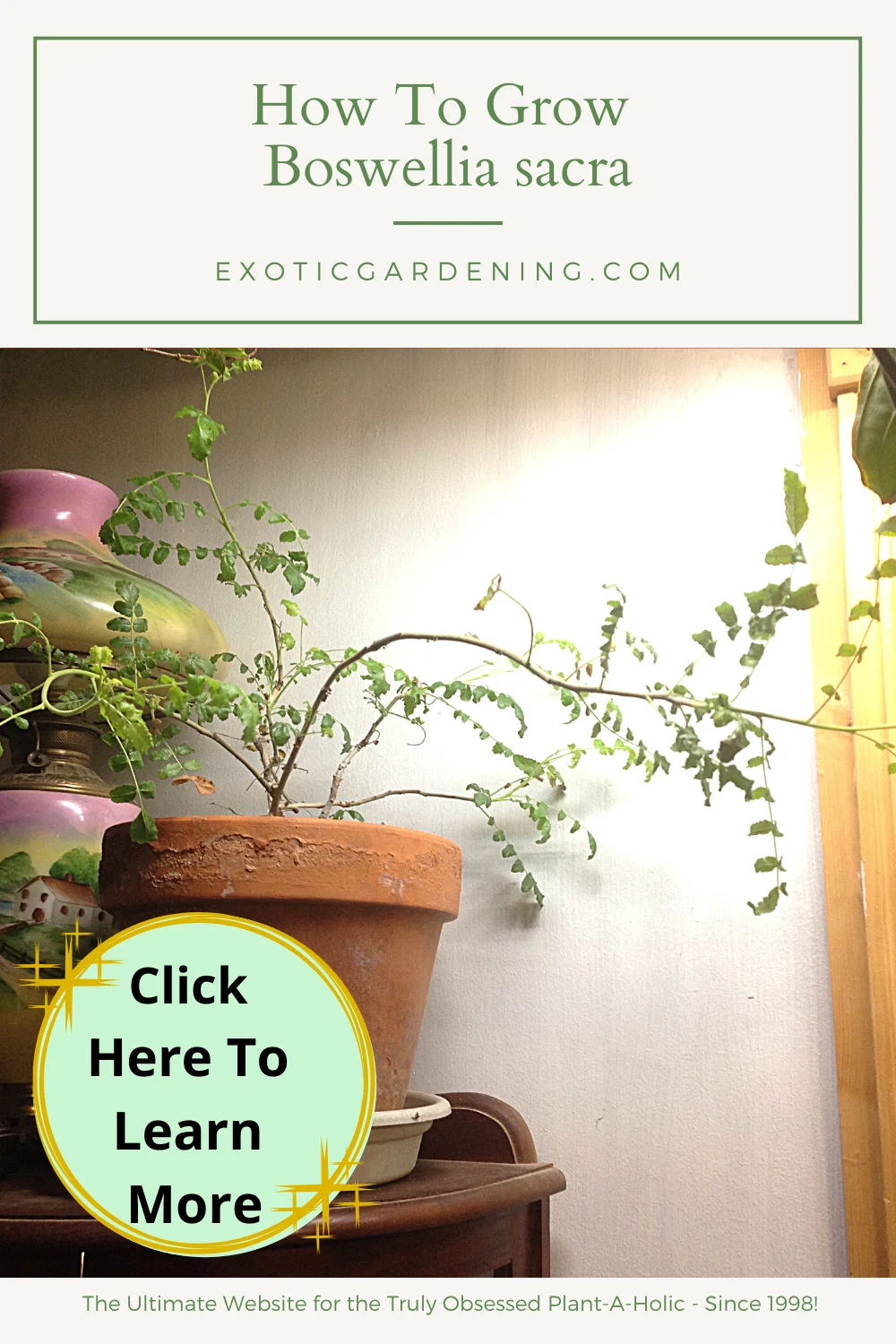
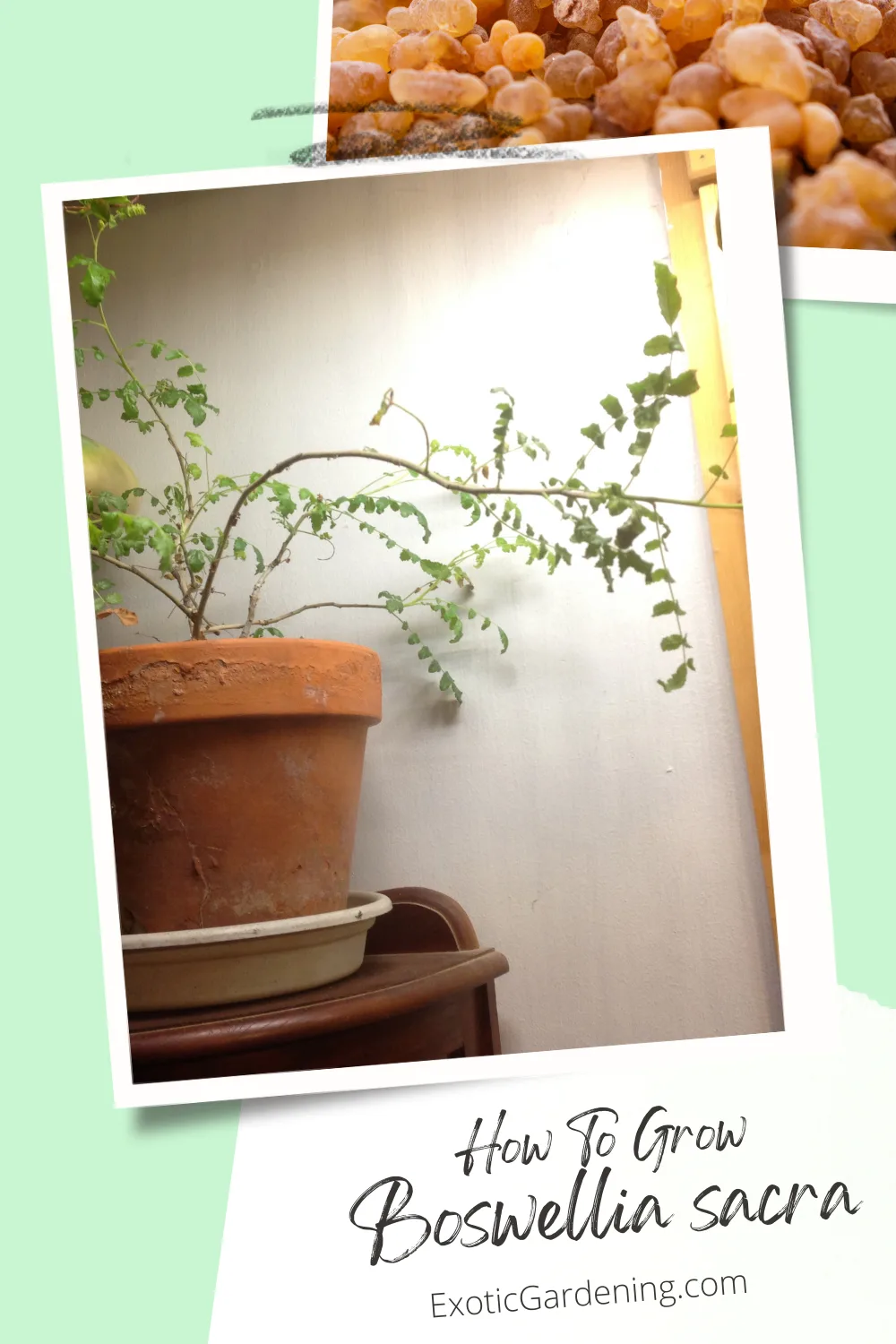

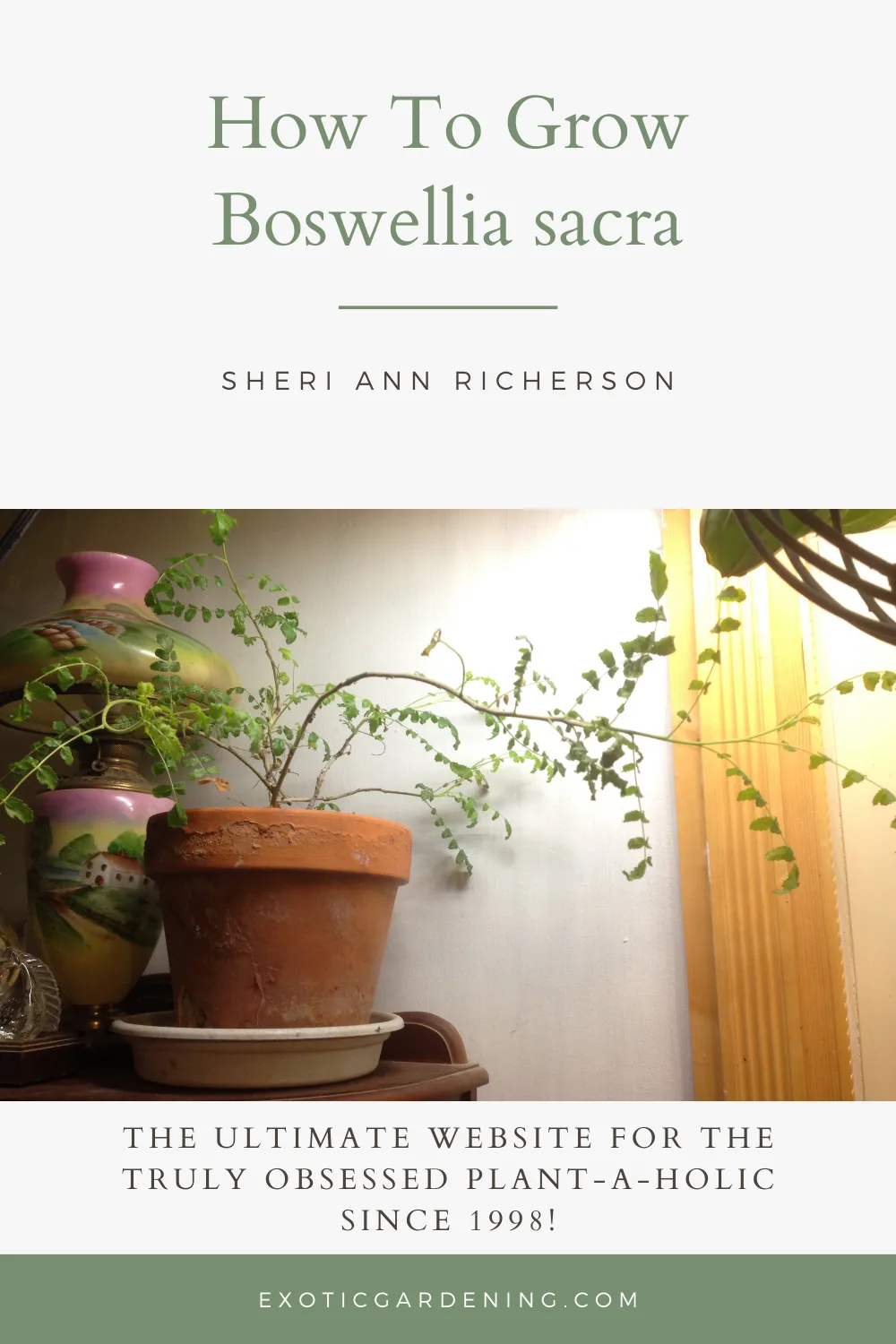
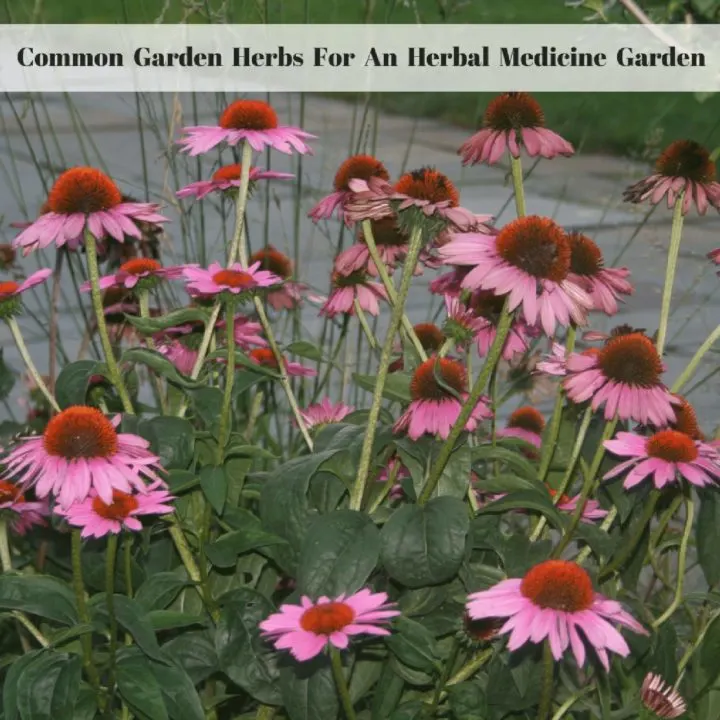
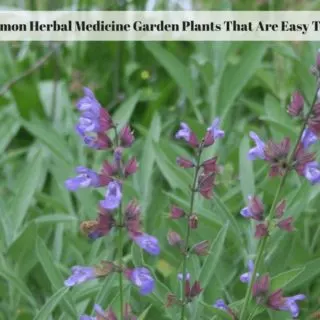
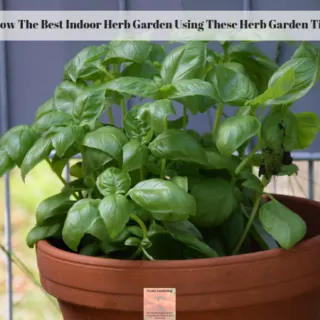
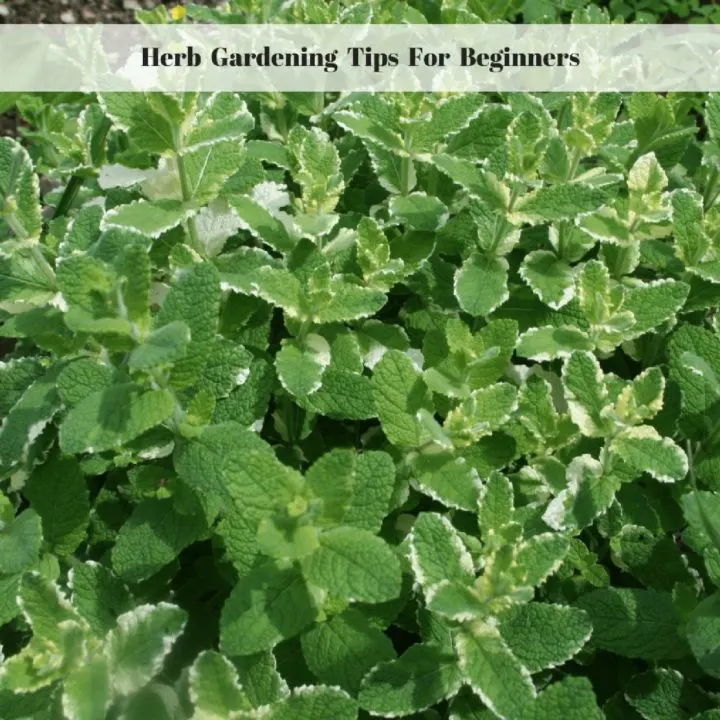
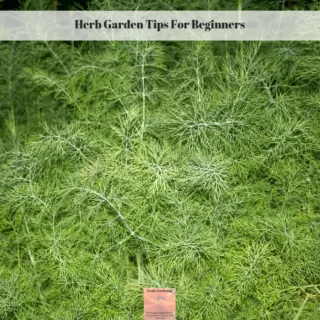
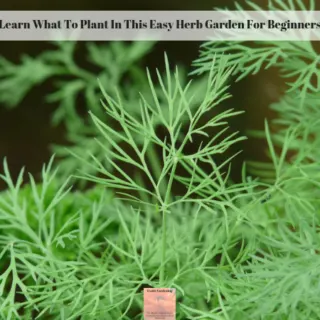

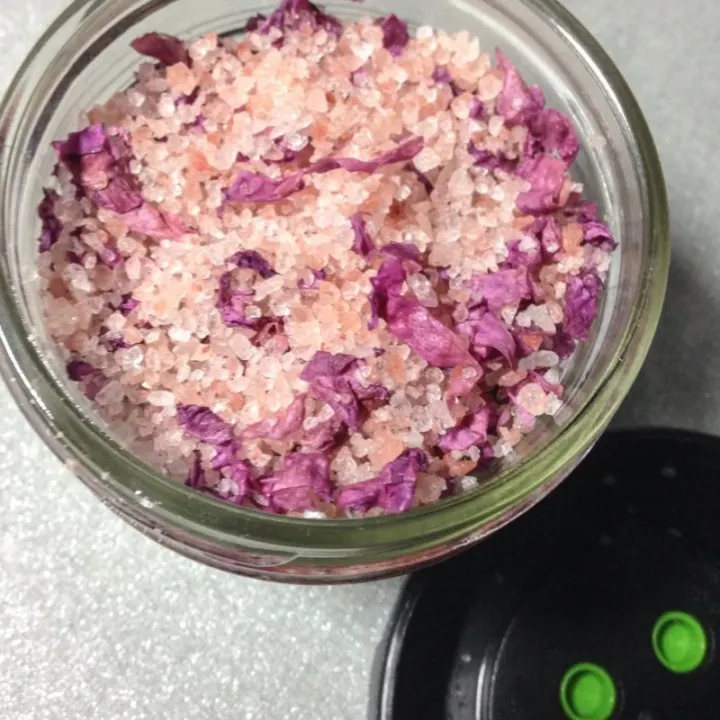


Yousif
Sunday 5th of May 2019
Thank you Sheri. I’m going to check out the sacred groves as well!
Louie Pierce
Monday 29th of April 2019
I am growing seedlings here in San Diego for those interested, as well other burseraceae species.
You can check my page on facebook, https://facebook.com/sacredgrovesandiego/
Sheri Ann Richerson
Monday 29th of April 2019
Hi, I have sent you a direct message on Facebook and look forward to your reply!
Yousif Sindi
Saturday 6th of April 2019
Hello Sheri,
I’ve been trying to find some saplings for some time now and have not had any success. The link provided at living stone nursery doesnt seem to be active anymore, I’ve also tried to google for them and it seems as though they are known by another company with no boswellia for sale. I’ve also bought some seeds from India, which were about 20, but none had germinated. Could you possibly point me in another direction of where I could purchase a sapling or a tree etc.. you would be a life saver!
Respectfully,
Yousif.
Sheri Ann Richerson
Wednesday 17th of April 2019
Hi, that was the only source I could find, but hopefully someone else will chime in with some information on where to get a live plant. I am seeing lots of sources for seeds posted.
noor
Thursday 26th of April 2018
Hi. where can l get boswellia seed Tq
Towermaster
Monday 3rd of September 2018
Recently ordered seeds from ons seeds in the Netherlands (www.onsseeds.com). They come in packages of 5 seeds per package and cost 4 euros per package. Their website provides recommended germination instructions. [Due to low germination rate, I ordered 2 packages. I live in the San Francisco bay area and did not expect much. I started in July 2018 and to my delight got one seedling. I keep it in full sun and mist it each morning with unclorinated water. Growing like mad and fun to watch.]
Sheri Ann Richerson
Tuesday 8th of May 2018
B and T World Seeds is the only place I can think of. I have not been able to order seeds myself.
Sheri Ann
Ruth Bertorelli
Sunday 3rd of September 2017
I tremendously enjoyed this article and I am wondering where I can obtain either saplings or seeds of the Boswellia Sacra, do you recall where you obtained yours from? Please RSVP to: [email protected] My name is: Ruth Bertorelli and I live in Upstate NY in the United States.
Sheri Ann Richerson
Thursday 28th of September 2017
Thank you so much! I was able to find mine at Living Stones & Plants For The Southwest - http://www.lithops.net/index.htm
Sheri Ann